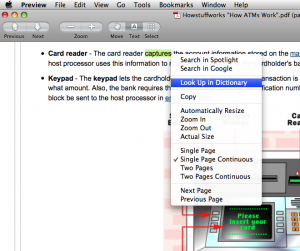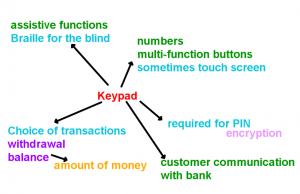In my classroom today I find that the more students use technology, the poorer their note-taking skills have become. The majority of resources I present to my students are in electronic format. When asked to make notes, I find that the students tend to copy and paste sentences and phrases without little thought for layout and organization. When asked later to recall, students tend to just read from their notes without any deep understanding of what they have jotted down. Technology is not a substitute for thinking and I need to correct this; not only is the thinking time reduced but also the very act of writing the notes has been removed; and most worrying, the problem of plagiarism creeps in.
So how to we ensure that students develop good note-taking skills effectively using laptops? Luckily for me I get in-class support from the ESOL department from Pat Bradley. I see this as a great partnership; Pat is able to offer a wide range of great strategies and I find ways to implement these in our 21st Century classroom. Here is an outline of a model we used in class with our new set of Grade 11 ITGS students – we were discussing keypads at ATMs:
- We tend to use web-based or electronic resources. By viewing the web-page in Safari, or a PDF document in Apple’s Preview, you can right-click on any work and the dictionary definition will appear. A great tool not just for our ESOL learners.
- We have students read a section at a time. Some students read ahead giving the others times to read. Once all had read the section, we close, yes – close, our laptops. We suspend those ‘micro-moments’ to actually think!
- Using the IWB (or lots of colored whiteboard pens) we brainstorm the key words and main ideas of each section. As our class is about the use of Information Technology, we tend to discuss technical terms, and this allows students to to add their own information so that the key points are expanded and become more detailed as well as give the students a sense of ownership.
- Students then discuss the key points in small groups; this is very important for ESOL students as it helps with fluency and prevents regurgitation of meaningless set of words and phrases.
- Finally, students open their laptops, fire up Evernote and type up their notes using the prompts on the board.
Points to ponder:
- What technology tools do you use to help students in note-taking?
- Do you think that technology erodes thinking time?


Be First to Comment